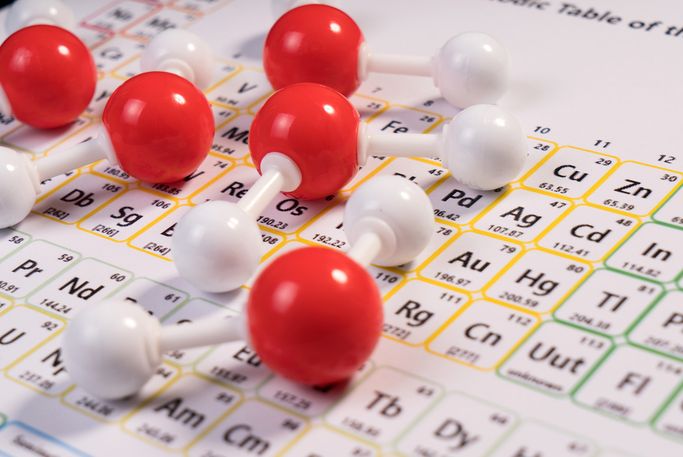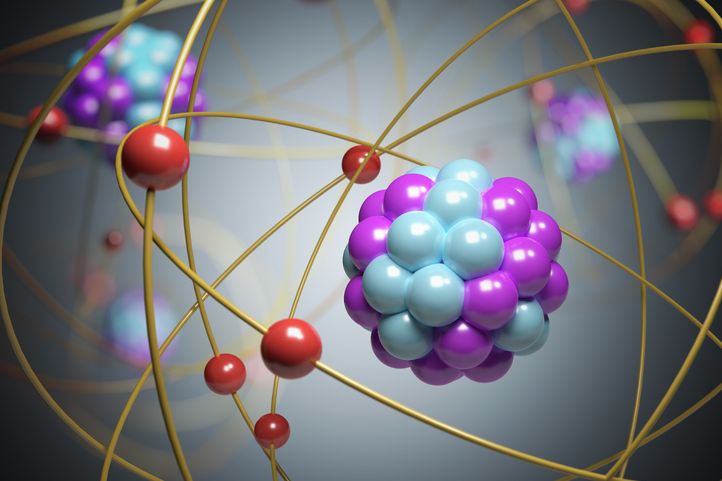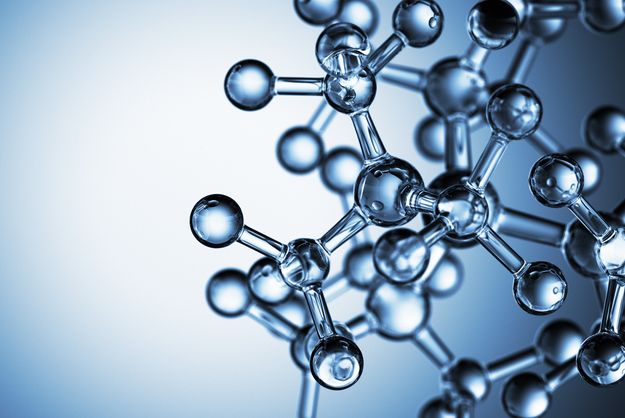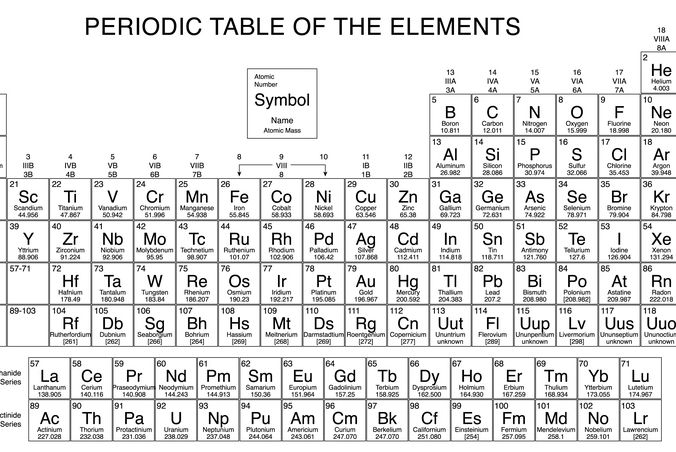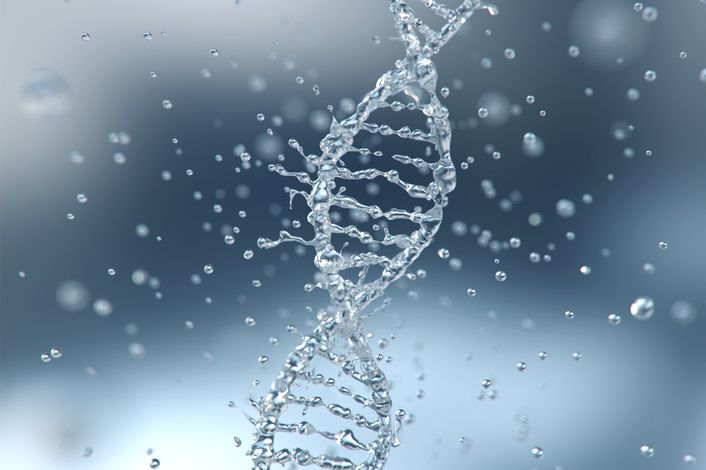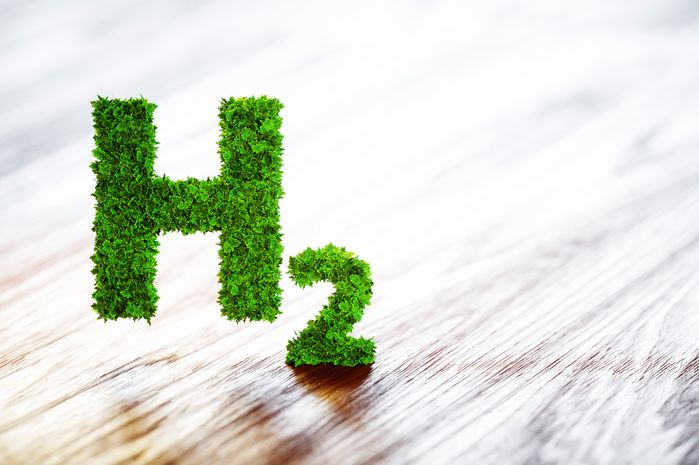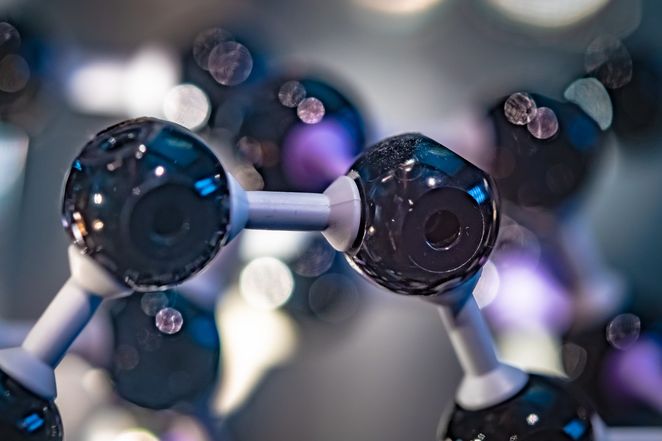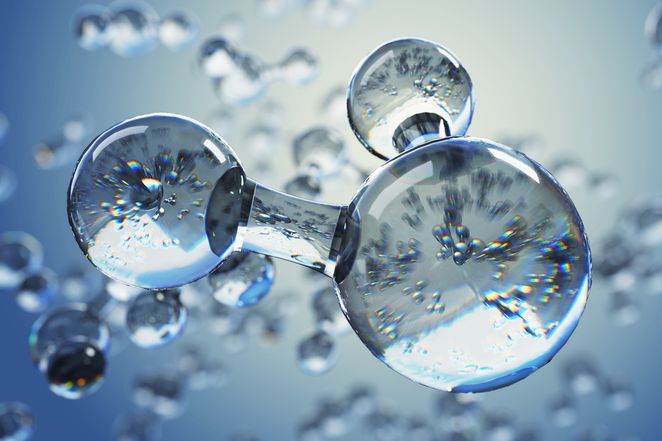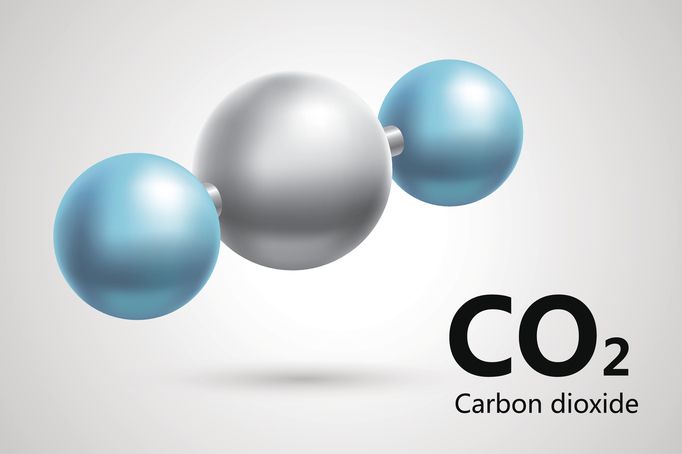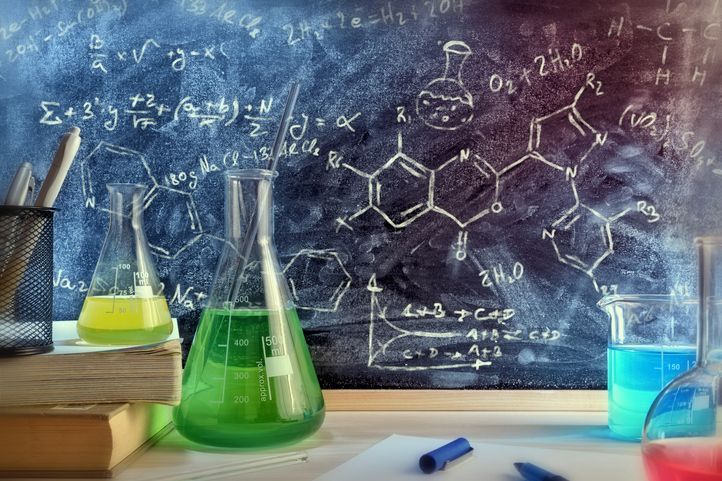Have you ever wondered what makes the universe stick together? Here is a hint: it’s not an industrial-sized jar of cosmic super glue. No, the secret to keeping things together is a chemical bonding process known as valent bonding – where the electrons in the outer shells of atoms bond with each other to form molecules. Covalent bonds are some of the most powerful bonds in the universe.
The Father of Covalent Bonds – Irving Langmuir
The world of chemical science was introduced to the principle of covalence in 1919. Future Nobel Prize-winning chemist Irving Langmuir coined the term to describe the molecular bonds formed by electrons in the outermost shell or valence of atoms. The term “covalent bond” first came into use in 1939. An American chemist, Irving Langmuir was born in Brooklyn, New York, on January 31, 1881, as the third of four sons to Charles Langmuir and Sadie Comings. Langmuir graduated as a metallurgical engineer from the School of Mines at Columbia University in 1903 and earned his M. A. and Ph.D. in chemistry in 1906. His work in surface chemistry would be rewarded with the Nobel Prize in Chemistry, in 1932.
Atoms and Molecules – Do They Really Matter?
Put simply, without atoms the universe would not exist. This is because atoms are the basic building blocks of matter. What exactly is meant by matter? In the physical and chemical sciences, “matter” is defined as that which occupies space and possesses rest mass, especially as distinct from energy. So in a universal nutshell, “matter” is everything. Atoms are made up of three basic subatomic particles: protons, neutrons, and electrons. Protons are subatomic particles that maintain a positive electrical charge. Neutrons are subatomic particles that have neither a positive nor a negative electrical charge, i.e. neutral. Protons and neutrons combine to make up an atom’s nucleus. Electrons, the final subatomic particle type, maintain a negative electrical charge and orbit the atomic nucleus like a cloud. So then what are molecules? Molecules are nothing more or less than atoms that are attracted to other atoms enough to form a bond. A valence bond.
Molecular Bonding – Types of Valent Bonds
When atoms bond to each other to form molecules, the process can occur in a few different ways. The main way that atoms will bond is known as covalent. The term covalent refers to the fact that the bond involves the sharing of one or more pairs of electrons. There are also other ways that atoms can form valent bonds, including:
Ionic bonds or bonds are formed when one atom gives up one or more electrons to another atom.
Metallic bonds are the type of chemical bonding that holds the atoms of metals together. Metallic bondings are the forced attraction between valence electrons and metal atoms.
Covalent Molecular Bonds – Elements vs. Compounds
As valent attractions between atoms occur they form molecular bonds or substances that are either compounds or elements. Although molecular compounds and molecular elements occur as a result of covalent bonding there is also an important difference between the two. The difference between a molecule of a compound and a molecule of an element is that in a molecule of an element, all the atoms are the same. For example, in a molecule of water (a compound), there is one oxygen atom and two hydrogen atoms. But in a molecule of oxygen (an element), both of the atoms are oxygen.
Examples of Covalent Bond Compounds
There are many examples of compounds having covalent bonds, including the gases in our atmosphere, common fuels and most of the compounds in our body. Here are three examples. Methane molecule (CH4)The electronic configuration of carbon is 2,4. It needs 4 more electrons in its outer shell to be like the noble gas neon. To do this one carbon atom shares four electrons with the single electrons from four hydrogen atoms. The methane molecule has four C-H single bonds.
Water molecule (H2O)One oxygen atom joins with two hydrogen atoms. The water molecule has two O-H single bonds.
Carbon dioxide (CO2)One carbon atom joins with two oxygen atoms. The carbon dioxide molecule has two C=O bonds.
Examples of a Covalent Bond Elements
When like atoms form covalent molecular bonds, the results are covalent elements. The nonmetal covalent elements found in the periodic table include:
hydrogen
carbon
nitrogen
phosphorus
oxygen
sulfur and selenium.
Additionally, all of the halogen elements, including:
fluorine
chlorine
bromine
iodine and astatine, are all covalent nonmetal elements.
Polar and Non-Polar Covalent Bonds
Unlike ionic bonds, covalent bonds often form between atoms where one of the atoms cannot easily attain a noble gas electron shell configuration through the loss or gain of one or two electrons. … Therefore atoms that bond covalently shares their electrons to complete their valence shell. The greater the electronegativity difference, the more ionic the bond is. Bonds that are partly ionic are polar covalent bonds. Nonpolar covalent bonds, with equal sharing of the bond electrons, arise when the electronegativities of the two atoms are equal.
Examples of Polar Covalent Bonds
In a polar covalent bond, the electrons shared by the atoms spend a greater amount of time, on average, closer to the Oxygen nucleus than the Hydrogen nucleus. This is because of the geometry of the molecule and the great electronegativity difference between the Hydrogen atom and the Oxygen atom. A water molecule, abbreviated as H2O, is an example of a polar covalent bond. The electrons are unequally shared, with the oxygen atom spending more time with electrons than the hydrogen atoms. Since electrons spend more time with the oxygen atom, it carries a partial negative charge.
Examples of Non-Polar Covalent Bonds
Non-polar molecules are less likely to be able to dissolve in water. A non-polar substance is one without a dipole, meaning that it has an equitable distribution of electrons in its molecular structure. Examples include carbon dioxide, vegetable oils, and petroleum products. An example of a nonpolar covalent bond is the bond between two hydrogen atoms because they equally share electrons. Another example of a nonpolar covalent bond is the bond between two chlorine atoms because they also equally share electrons.
Covalent Bonds – Seven Things to Remember
Here are a few key takeaways to help you to remember what you’ve just learned about covalent bonds:
Valence and covalent bonds link together atoms to make molecules.
Atoms can bond in three main ways: covalent bonds, ionic bonds, and metallic bonds.
The term covalent bond describes the bonds in compounds that result from the sharing of one or more pairs of electrons.
Ionic bonds, where electrons transfer between atoms, occur when atoms with just a few electrons in their outer shell give the electrons to atoms with just a few missing from their outer shell.
In metallic bonds, huge numbers of atoms lose their electrons. They are held together in a lattice by the attraction between ‘free’ electrons and positive nuclei.
An atom that loses an electron becomes positively charged; an atom that gains an electron becomes negatively charged so the two atoms are drawn together by the electrical attraction of opposites.
Because they are negatively charged, the shared electrons are drawn equally to the positive nucleus of both atoms involved. The atoms are held together by the attraction between each nucleus and the shared electrons.

 Home
Home Health
Health Diet & Nutrition
Diet & Nutrition Living Well
Living Well More
More